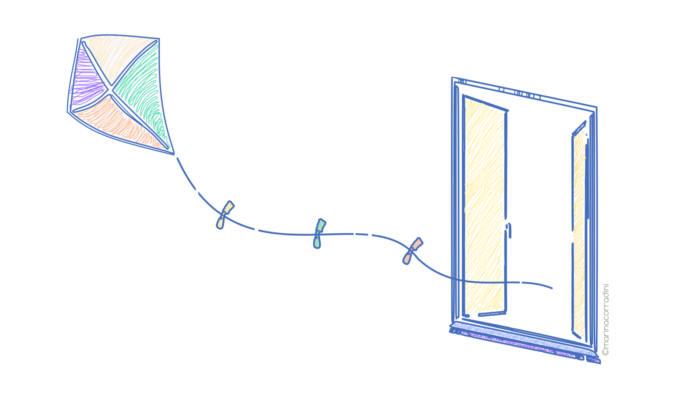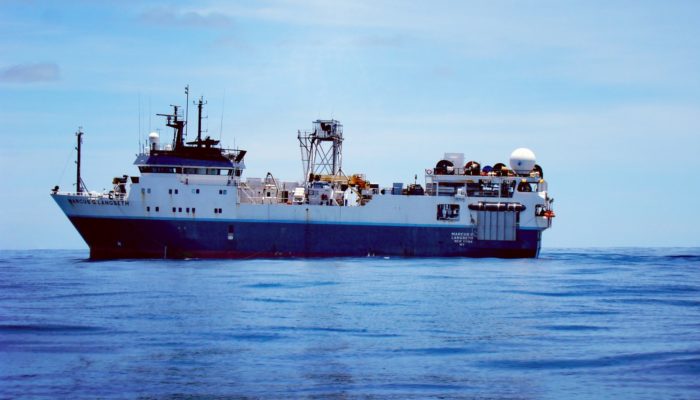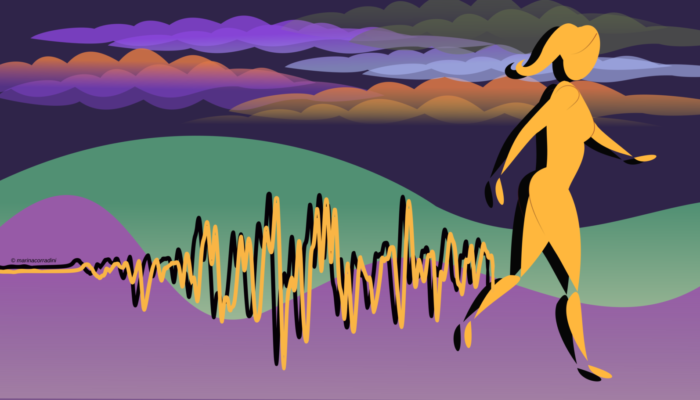Disasters happen world-wide, almost every day. If you are an earthquake seismologist (or engineer), chances are good that seismic hazard is in your daily diet. Developing an earthquake scenario, estimating the seismic hazard, assessing the risk, regulating the land use: we usually conduct these tasks to limit the socio-economic impact of a seismic event. However, when planning and coordinat ...[Read More]
Representing the Possible: Milena Marjanović
I remember the first lecture vividly, it was on Plate Tectonics. From that moment, I knew what my profession will be What is your story, Milena? I am a Marine Geophysicist interested in exploring plate boundaries, in particular, mid-ocean ridges using active source seismology. I am a sea-going researcher, which means that every now and then, I tend to spend several weeks (up to a couple of months ...[Read More]
Representing the Possible: Ortensia Amoroso
Gender inequality blemishes Earth Sciences more than any other STEM fields [1]. In recent years, many studies have revealed that women hold fewer senior faculty positions than men [1, 2], are given lower ratings to identical abstracts submitted with male author names [3], and are less likely to be first authors of peer-reviewed publications [4]. Providing a collective voice to the female experienc ...[Read More]
Representing the Possible
A successful development of professional identity is key to a thriving career. Yet, the steady underrepresentation of women in many facets of working life may threaten young career‐focused women in their professional identity projection. ‘Seeing is believing’ – a common saying goes. When women see other women fitting into diverse roles in the workplace, they project themselves more easily i ...[Read More]



